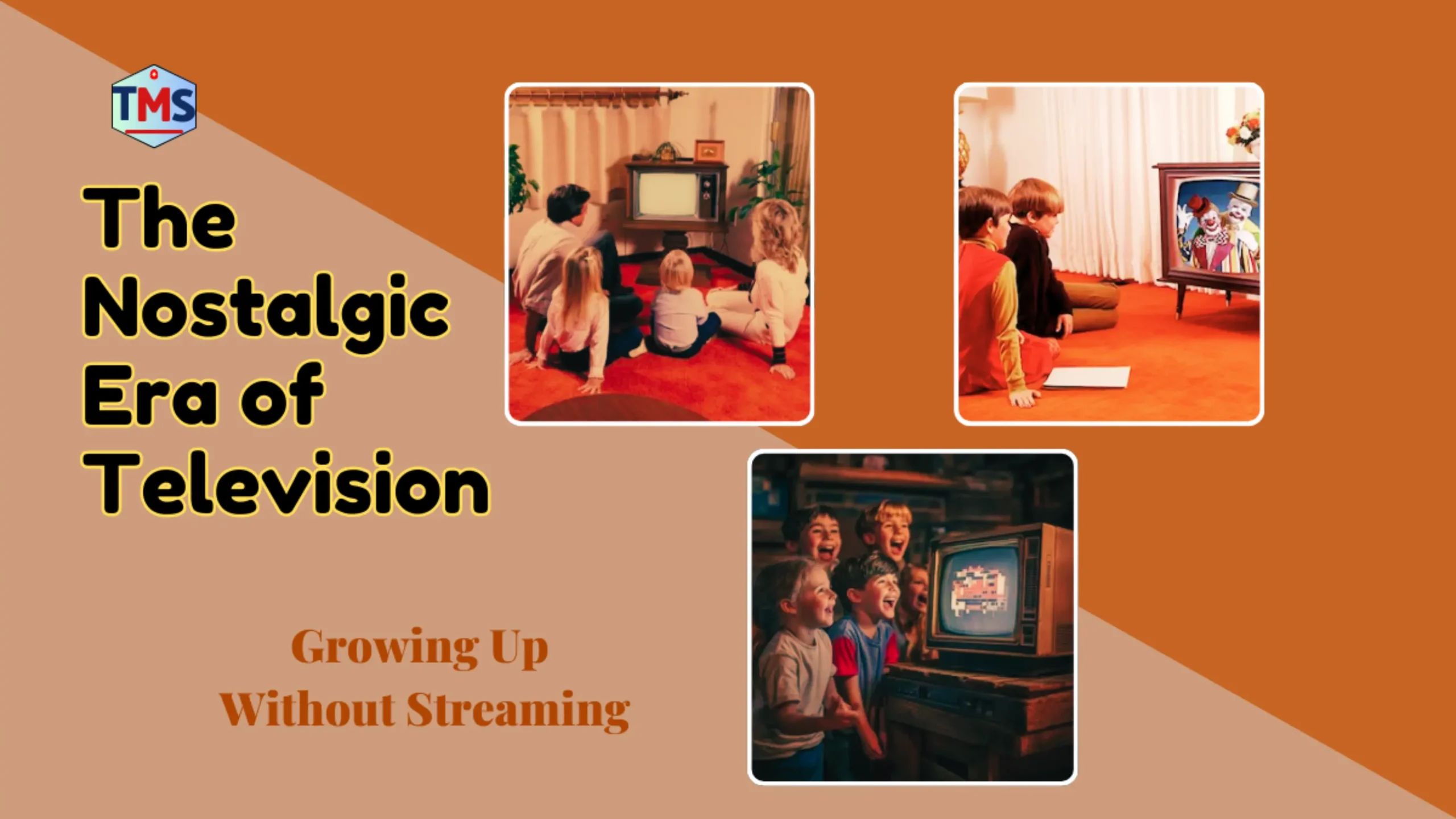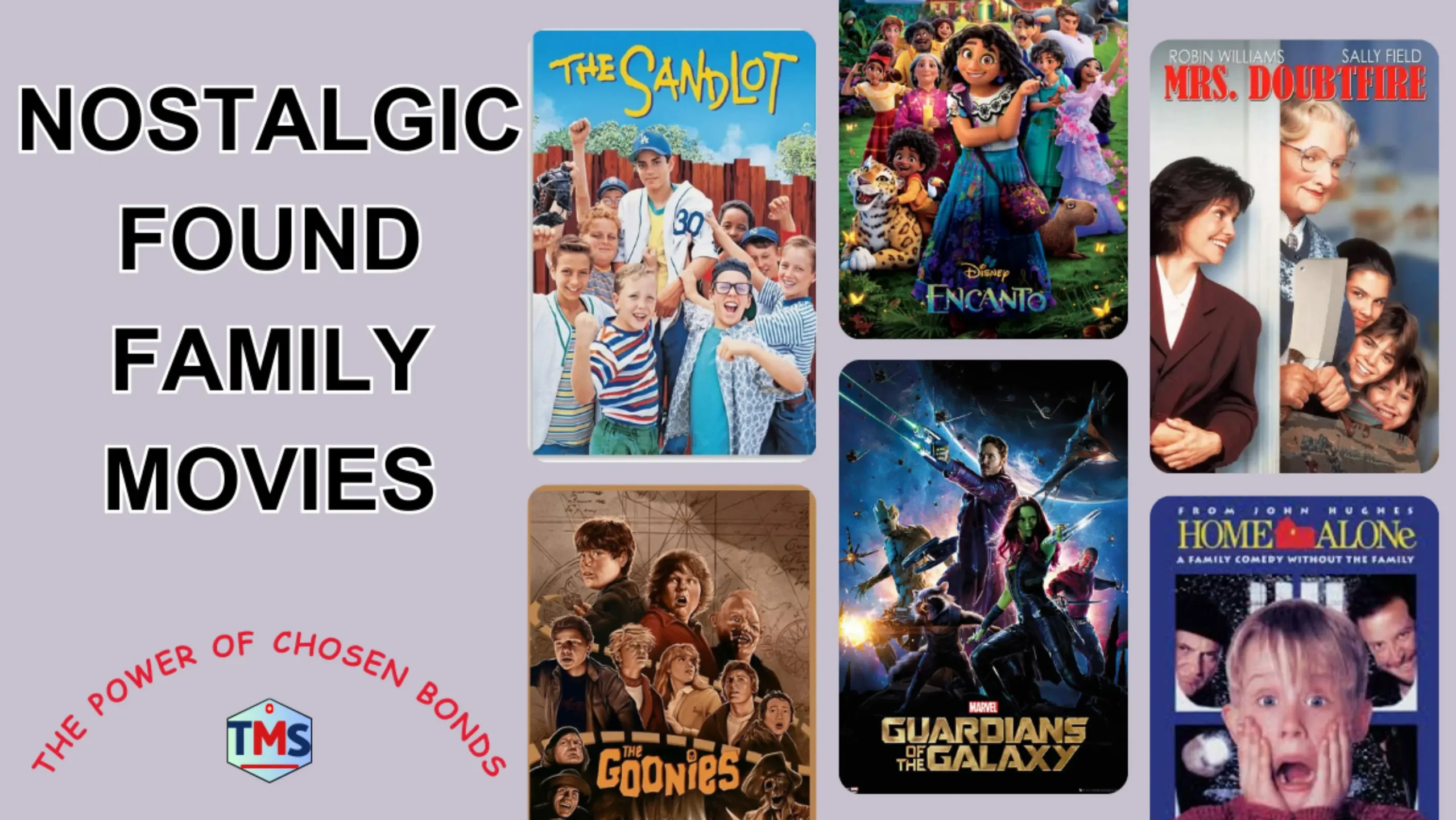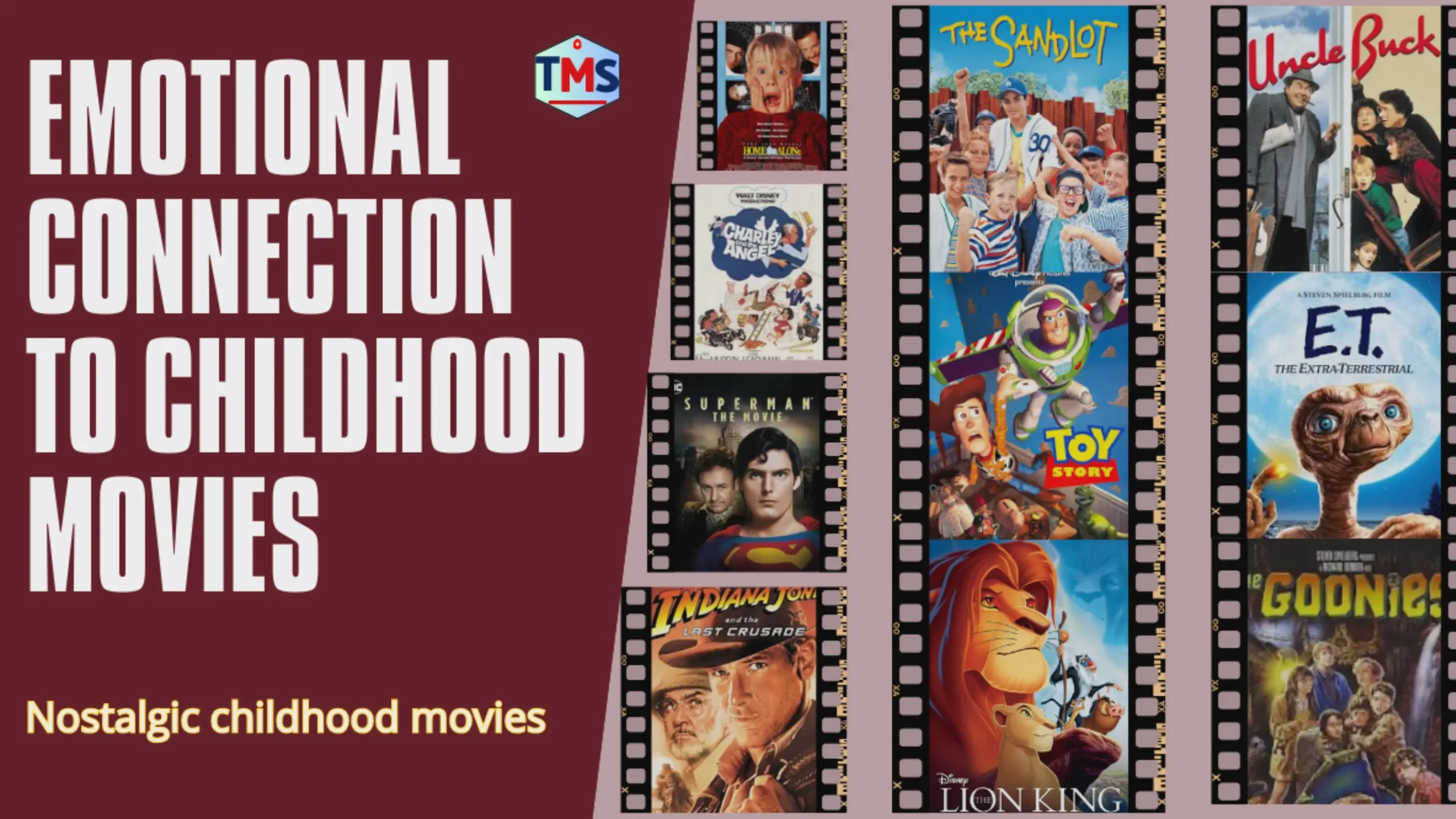Nostalgic TV experience
Before the era of streaming services like Netflix, Hulu, and Disney+, television held a unique place in our homes and hearts. It wasn’t just a source of entertainment—it was a cultural cornerstone that shaped the way we connected, listened to stories, and experienced the world. Here are some key points and insights into why TV was special before streaming era.
Let’s take a trip down memory lane to a time when TV wasn’t just background noise—it was the heartbeat of our week.
A Journey Back to TV’s Golden Rituals
Appointment Television: When Shows Shaped Our Schedules
- Scheduled Rituals: Families often planned their evenings around TV schedules, making shows like Happy Days or The Simpsons a weekly ritual. This structure gave TV a sense of occasion, unlike the on-demand nature of streaming.
- Event Television: Special broadcasts, such as holiday specials (A Charlie Brown Christmas), live events (e.g., the Oscars), or miniseries like Roots in 1977, turned TV into a must-watch event, drawing massive audiences who experienced them in real-time.
- No Spoilers, Just Surprise: Without the ability to binge-watch, viewers experienced surprises together. The lack of instant access meant spoilers were less common, preserving the thrill of unexpected plot developments.
These weren’t just TV shows—they were weekly appointments that structured our lives. Monday mornings weren’t just the start of the school week; they were the time to dissect Saturday Night Live sketches or debate the latest X-Files conspiracy. We experienced television not as isolated viewers but as a synchronized national audience.
The Family Couch: Battleground and Bonding Space
- Family Bonding: TV was often a centerpiece in living rooms, bringing families together for shows like The Wonderful World of Disney on Sunday nights. It fostered shared laughter and debates over favorite characters.
- Community Connection: Local TV stations and regional programming, like late-night horror movie marathons, created a sense of place and community that streaming’s globalized content often lacks.
- Live Interaction: Live broadcasts, like sports events or award shows, allowed viewers to feel connected to a larger audience, sharing reactions in real-time without social media.
The Water Cooler Effect: Television as Social Currency
The morning after the Friends finale aired in 2004, you couldn’t walk down a school hallway or enter a workplace without hearing heated debates about Ross and Rachel’s ultimate fate. Television wasn’t just entertainment—it was social currency. When 76 million people watched the “Who Shot J.R.?” episode of Dallas, it wasn’t just a TV show but a cultural phenomenon that crossed geographic, economic, and social boundaries.
Without the ability to binge entire seasons, each episode carried more weight. Plot twists in shows like Lost or The Sopranos sparked week-long theories and discussions. TV wasn’t something to consume and immediately forget—it was something to actively engage with, discuss, and anticipate.
The Beautiful Scarcity of Limited Options
On Saturday mornings, the cartoon lineup was sacred territory. From 7 AM to noon, networks served up an animated feast that required strategic viewing. With only a handful of channels, you couldn’t watch everything, so choices mattered. Do you watch Teenage Mutant Ninja Turtles or Muppet Babies? These decisions felt monumental at the time.
This scarcity extended beyond viewing choices to merchandise and discussion opportunities. Research from media psychologist Dr. Pamela Rutledge suggests that “the anticipation associated with waiting for entertainment content activates reward centers in the brain similar to other forms of delayed gratification.” In other words, having to wait made the eventual viewing more satisfying.
When Reruns Were Gold
Today’s streaming viewers might never understand the pure elation of discovering your favorite show was airing a rerun marathon on a rainy Saturday. I once faked a stomachache to stay home from a cousin’s birthday party because Nickelodeon was airing a day-long Scooby-Doo marathon. The rarity of catching these episodes made each viewing special—a stark contrast to today’s instant access.
A 2019 study in the Journal of Consumer Research found that “limited access to entertainment increases enjoyment through heightened engagement,” suggesting that our pre-streaming limitations might have actually enhanced our viewing experience. When you couldn’t simply queue up another episode, you paid more attention to the one in front of you.
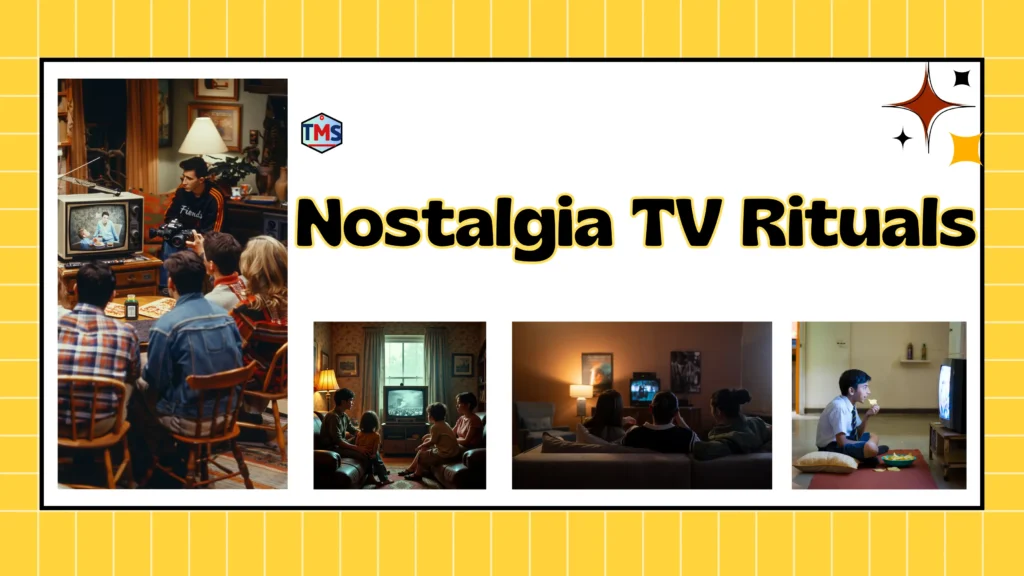
Creativity Born from Limitation
Limited TV access meant finding other ways to engage with beloved characters. My neighborhood friends and I spent countless hours acting out elaborate Power Rangers scenarios in the backyard, complete with homemade cardboard “morphers” and arguments over who had to be the Pink Ranger that day.
These limitations fostered creativity and active engagement. We didn’t just watch shows; we extended them into our play, our art, and our imaginations. Professor Henry Jenkins of USC has extensively documented how limited media access historically created more participatory fan cultures, with viewers actively creating their own stories and games around favorite characters rather than passively consuming more content.
The Charm of Simplicity and Scarcity
- Fewer Channels, More Impact: With limited channels, every show felt important. Viewers enjoyed their favorite shows, and even looked forward to reruns during summer vacation or syndication.
- Physical Interaction with TV: Adjusting rabbit-ear antennas, flipping through TV Guide magazines, or manually changing channels added a tactile and memorable aspect to the experience that streaming did not.
- Commercials as Cultural Artifacts: Commercials were part of the TV experience, often becoming as iconic as the shows themselves (for example, Coca-Cola’s “I’d Like to Buy the World a Coke” ad). These provided natural breaks for discussion or quick errands.
The Psychological Value of Shared Anticipation
The psychology of anticipation plays a significant role in why many of us look back fondly on pre-streaming television. Dr. Cristel Russell’s research on “anticipatory consumption” suggests that looking forward to media experiences often delivers more sustained happiness than the consumption itself. When millions of viewers simultaneously anticipated the next Seinfeld episode, they participated in a collective emotional experience rarely replicated in today’s fragmented viewing landscape.
Conclusion
Television before streaming was a unique blend of ritual, anticipation, and shared experiences that shaped our connection to stories and each other. While streaming offers convenience and variety, the simplicity, liminality, and community of the pre-streaming era made TV a special and irreplaceable part of life. Those days of gathering around a glowing screen, waiting for the next episode or singing along to a theme song are reminders of TV’s indelible magic.
Podcast with Leslie Poston, PhD
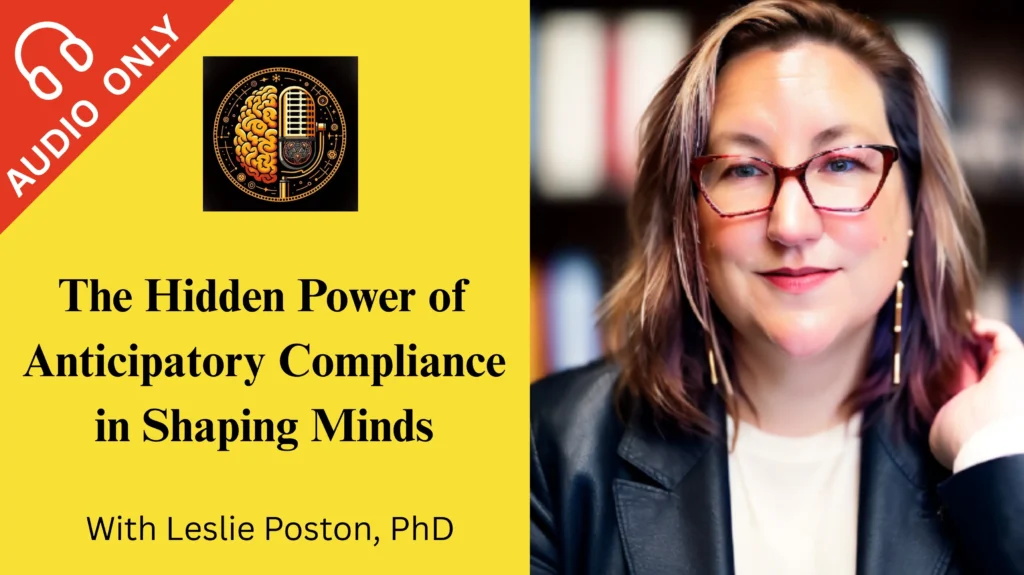
Frequently Asked Questions (FAQs)
When did TV streaming services begin to replace traditional scheduled television?
Streaming services began replacing traditional TV around 2007-2010, with Netflix launching its streaming platform in 2007, Hulu in 2008, and services like Amazon Prime Video gaining popularity in the early 2010s. The shift accelerated dramatically between 2013-2015 with the rise of original streaming content.
How did “sweeps week” affect television content?
Sweeps weeks were periods (typically February, May, and November) when Nielsen intensively measured viewership to set advertising rates. Networks scheduled their most dramatic episodes—featuring weddings, deaths, cliffhangers and celebrity guest stars—during these periods, creating predictable cycles of especially memorable television moments.
What psychological effects did waiting weekly for new episodes have on viewers?
Weekly episode releases created anticipation that psychologically enhanced enjoyment through delayed gratification. This waiting period allowed viewers time to discuss theories, process emotional storylines, and build community around shared viewing experiences. Research suggests this anticipation activated reward centers in the brain that continuous binging doesn’t necessarily replicate.
Did limited channel options affect the quality of TV shows?
Limited channel options meant networks competed intensely for mass audiences, investing heavily in broadly appealing shows. While this sometimes led to formulaic content, it also created meticulously crafted programs designed to attract and maintain large viewerships. Competition for finite primetime slots also meant shows needed to prove themselves quickly or face cancellation.
What were TV ratings and why were they important?
TV ratings measured how many people watched a show during its original broadcast. High ratings were crucial because they determined advertising rates and whether shows would be renewed. Unlike today’s streaming metrics, Nielsen ratings created a shared understanding of what was popular and influenced what shows remained on air.
How did families watch TV differently before streaming?
Before streaming, families often gathered in one room at specific times to watch shows together, creating shared viewing experiences. Households typically had one or two TVs, meaning family members needed to negotiate what to watch, leading to compromises and communal entertainment rather than individualized viewing on separate devices.
What were “appointment viewing” and “must-see TV”?
Appointment viewing was the practice of scheduling your activities around TV show air times to ensure you wouldn’t miss episodes. “Must-see TV” was NBC’s successful marketing slogan for their Thursday night lineup in the 1990s that featured hits like “Friends” and “Seinfeld,” creating a cultural expectation that viewers would prioritize watching these shows live.
How did TV work before digital?
Before digital TV, analog television relied on over-the-air signals transmitted via radio waves. Viewers used antennas (e.g., rabbit ears) to receive signals from local stations such as ABC or CBS. Channels were limited, often 3-10 depending on the area, and picture quality varied with signal strength. Cable TV, which began in the 1940s and became popular in the 1980s, expanded options, but still required viewing at scheduled times.
What are nostalgia television rituals?
Nostalgic TV rituals were tied to the fixed schedule of pre-streaming TV. Families planned evenings around watching shows like Happy Days or The Wonderful World of Disney, and often ate meals together in front of the TV. Flipping through TV Guide magazines, fixing the antenna, or watching holiday specials (e.g., A Charlie Brown Christmas) were all favorite activities that fostered connection and curiosity.
What happened to nostalgia TV?
Nostalgia TV, defined by community audiences and iconic shows, waned with the rise of streaming services such as Netflix (2007) and Hulu (2008). On-demand viewing replaced scheduled broadcasts, scattering viewers to niche content. Although some networks (e.g., MeTV) preserve classic shows, shared cultural moments from pre-streaming TV are less common, though nostalgia persists through reruns and retro platforms.
When did streaming surpass TV?
Streaming began to overtake traditional TV around 2016–2017, when streaming viewership in the US surpassed cable and broadcast TV. By 2019, streaming services such as Netflix accounted for 19% of TV viewing time, while cable accounted for 16%, according to Nielsen. This shift was further accelerated with the rise of Disney+ (2019) and the growing penetration of smartphones, leading to a rise in on-demand viewing.

